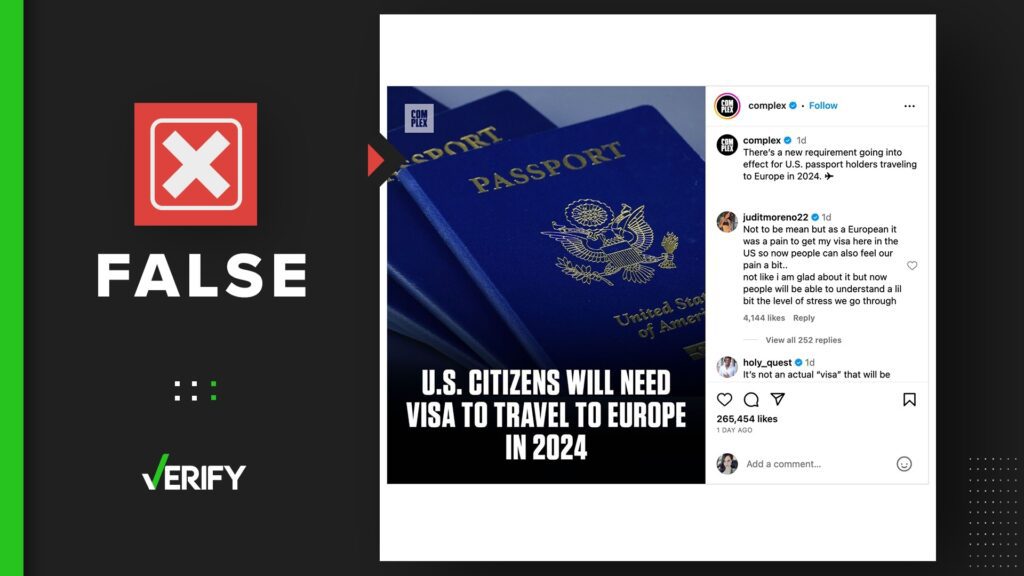The Schengen Area is a zone in Europe with 26 countries that have abolished border controls. Travel within the area is like domestic travel, with free movement for citizens. A Schengen visa is required for many non-Schengen countries to visit for up to 90 days within a 180-day period. Applicants need various documents, including a completed application form and proof of accommodation. Some nationalities are exempt from the visa requirement, including EU and EEA countries, the US, Canada, Australia, and Japan. Planning ahead and complying with regulations ensures a smooth travel experience within the Schengen Area.
Understanding the Schengen Area: Visa Requirements for Traveling Within Europe
What is the Schengen Area?
The Schengen Area is a zone comprising 26 European countries that have officially abolished all passport and any other type of border control at their mutual borders. It allows for free movement of people within the area, similar to domestic travel. The Schengen Agreement was signed in 1985 and named after the town in Luxembourg where it was signed.
Which countries are part of the Schengen Area?
The Schengen Area includes the majority of European Union member states, as well as a few non-EU countries. Some of the countries in the Schengen Area include France, Germany, Spain, Italy, Greece, and more. Norway, Iceland, Switzerland, and Liechtenstein are also part of the Schengen Area despite not being EU members.
Visa Requirements for Traveling within the Schengen Area
For citizens of many countries outside the Schengen Area, a Schengen visa is required to travel within the zone. This visa allows travelers to visit any of the participating countries for up to 90 days within a 180-day period. The visa is typically issued by the embassy or consulate of the country you intend to visit first.
Applying for a Schengen Visa
When applying for a Schengen visa, you will need to provide various documents including a completed application form, a valid passport, proof of travel insurance, proof of accommodation, a round-trip flight itinerary, proof of financial means, and a passport-sized photo. It is important to apply for the visa well in advance of your travel dates as processing times can vary.
Exceptions to the Schengen Visa Requirement
Some nationalities are exempt from the Schengen visa requirement, meaning they can travel within the Schengen Area for short stays without needing a visa. These countries include EU and EEA member states, as well as a handful of other countries such as the United States, Canada, Australia, Japan, and more. However, it is important to check the specific requirements for your nationality before traveling.
Conclusion
Understanding the visa requirements for traveling within the Schengen Area is essential for anyone planning a trip to Europe. By being prepared and knowing the necessary steps to take, you can ensure a smooth and hassle-free travel experience within the zone. Whether you require a Schengen visa or are exempt from the requirement, it is important to plan ahead and comply with all regulations to make the most of your visit to the diverse and culturally rich countries of Europe.
